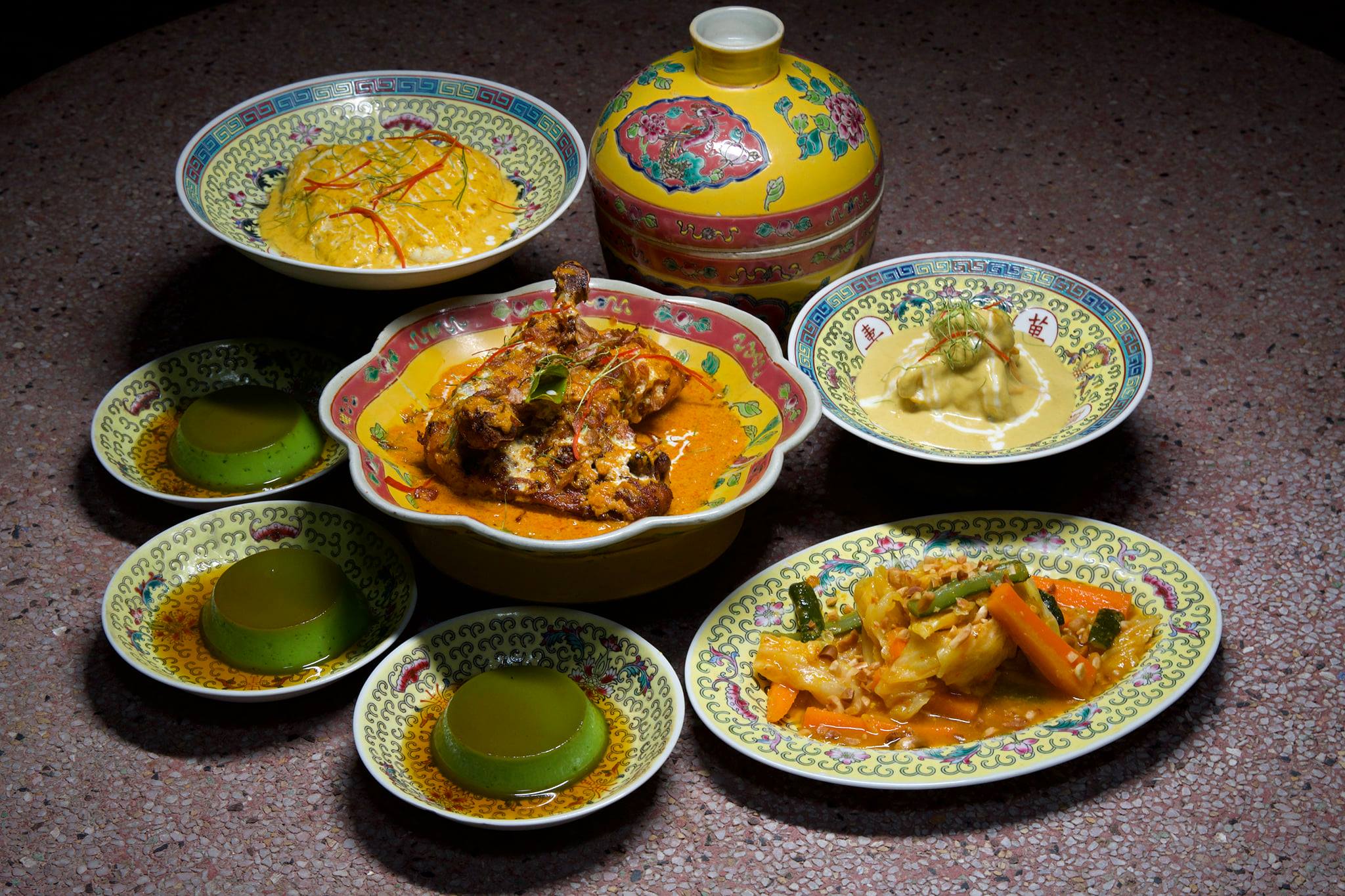Chinese Takeout is a bite-sized, monthly RADII feature that examines Chinese food from the inside out, by disentangling the (hi)stories behind a single dish or restaurant. Write to us if you have a suggestion or submission.
Lanzhou is a major Chinese city. The capital of Gansu province, it stretches alongside the powerful, folklore-heavy Yellow River and has a lengthy history, including as a stop on the ancient Silk Road. But say “Lanzhou” to most Chinese people and they won’t think of any of that. More likely, the word “lamian” will enter their heads.
“Lamian” (拉面) literally means “pulled noodles,” and though the term can apply to a number of dishes (including Japanese ramen), few are as omnipresent across China as those done in the style of Lanzhou, originated by its Hui Muslim population. The city sits in the northwest of the country, but you’ll find restaurants serving Lanzhou lamian in pretty much any urban area you can point to on a Chinese map. Arguably, Lanzhou lamian’s ubiquity is only surpassed in China by Sichuanese cuisine, even if purists may question the authenticity of some outlets’ offerings.

A family of lamian lovers at Zhang Guoren in Lanzhou
Traditionally, these hand-stretched noodles are accompanied by thin slices of cold beef with a handful of chopped spring onions and coriander thrown on top, with a helping of spicy chili oil. That oil floats out over a long-boiled brisket broth that, together with the springiness of the noodles, can make or break the whole affair.
Naturally there’s nothing quite like eating these noodles in Lanzhou itself — and if you really want to adhere to local custom, you should be getting your lamian fix for breakfast.
In one of our favorite English-language articles on Lanzhou lamian, writer Christopher St. Cavish picked out Wu Mu Le as the best spot in the city to head to. Though there are lamian joints all over the city, this restaurant has spent more than two decades honing its craft. “There’s only one Wu Mu Le in China,” St. Cavish writes, “and Zhang Yu, the founder, says it’s going to stay that way, even as investors scramble to KFC-ify China’s hand-pulled noodle industry.”

Noodle prep at Wu Mu Le in Lanzhou
The restaurant bustles with activity in the mornings as locals, plus a gaggle of tourists, pack into a dining room on the banks of the Yellow River for a deeply satisfying bowl of noodles.
“Even though all the lamian in Lanzhou are tasty, Wu Mu Le is special,” reads one five-star review on Yelp-like reviews site Dianping. “I took a six-hour flight from Guangzhou to Lanzhou to come and eat this bowl of beef noodles,” reads another.
Related:
 Mian’splained: An Illustrated Guide to Chinese Noodles, Part OneFrom flour to rice, savor our primer on some of the most popular types of Chinese noodlesArticle Apr 09, 2020
Mian’splained: An Illustrated Guide to Chinese Noodles, Part OneFrom flour to rice, savor our primer on some of the most popular types of Chinese noodlesArticle Apr 09, 2020
Wherever you go for your lamian in Lanzhou, if it’s one of the more famous outlets you are likely to encounter a similar set-up. As St. Cavish explains in his Lucky Peach article, there’s a real division of labor that goes into the preparation of the best lamian dishes. That is reflected in how the dish is served at traditional restaurants as well: you collect your steaming bowl of noodles first, sometimes with an option for different thicknesses of noodle (touristy chain Mazulu offers up 9 different cuts, for example), before progressing to the dedicated beef station for a small plate of thinly-sliced meat to add at your discretion.

A diner taking Lanzhou lamian to go
Once you’ve assembled your lamian’s constituent parts, you can join your fellow diners in the cacophony of “slurp, slurp, slurp”-ing that is the ambiance at most noodle restaurants. It’s a super satisfying slurp: a proper bowl of Lanzhou lamian is one of those eats that never fails to hit the spot.
Related:
 6 Documentaries for Chinese Food Lovers to Stream in Self-QuarantineMouthwatering movies and TV series to binge on in isolation (but not on an empty stomach)Article Mar 28, 2020
6 Documentaries for Chinese Food Lovers to Stream in Self-QuarantineMouthwatering movies and TV series to binge on in isolation (but not on an empty stomach)Article Mar 28, 2020
That, combined with its generally low price point (a standard bowl at Wu Mu Le will set you back 8RMB, equivalent to just over a dollar), has ensured Lanzhou lamian’s appeal has spread well beyond the city that lends the dish its name. The string of restaurants serving it across the country notwithstanding, it’s also made a coveted appearance in hugely popular food documentary A Bite of China, and even endured a major copyright tussle.
And frankly, there are far worse things to craft a city’s identity around.
Header image: ChinaImages
All images unless otherwise stated: Jake Newby
















